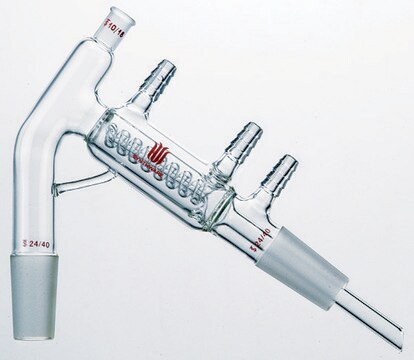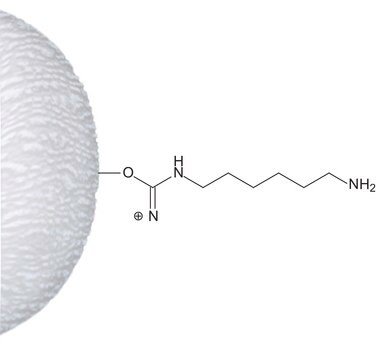82526
Protein A soluble from Staphylococcus aureus (Cowan strain)
powder, white
About This Item
Productos recomendados
biological source
Staphylococcus aureus
Quality Level
conjugate
unconjugated
form
powder
species reactivity
mouse, cat, monkey, pig, dog, human, rabbit, guinea pig
technique(s)
ELISA: suitable
immunohistochemistry: suitable
immunoprecipitation (IP): suitable
western blot: suitable
color
white
capacity
~10 mg/mg binding capacity (human IgG)
solubility
H2O: 1 mg/mL, clear, colorless
UniProt accession no.
storage temp.
2-8°C
Gene Information
Staphylococcus aureus subsp. aureus NCTC 8325 ... SAOUHSC_00069(3919448)
General description
Protein A is involved in regulating anti-tumor, toxic, and carcinogenic functions. In addition to acting as an immunomodulator, it also has antifungal and antiparasitic properties.
Application
Disclaimer
Storage Class
11 - Combustible Solids
wgk_germany
WGK 3
flash_point_f
Not applicable
flash_point_c
Not applicable
ppe
Eyeshields, Gloves, type N95 (US)
Certificados de análisis (COA)
Busque Certificados de análisis (COA) introduciendo el número de lote del producto. Los números de lote se encuentran en la etiqueta del producto después de las palabras «Lot» o «Batch»
¿Ya tiene este producto?
Encuentre la documentación para los productos que ha comprado recientemente en la Biblioteca de documentos.
Nuestro equipo de científicos tiene experiencia en todas las áreas de investigación: Ciencias de la vida, Ciencia de los materiales, Síntesis química, Cromatografía, Analítica y muchas otras.
Póngase en contacto con el Servicio técnico







